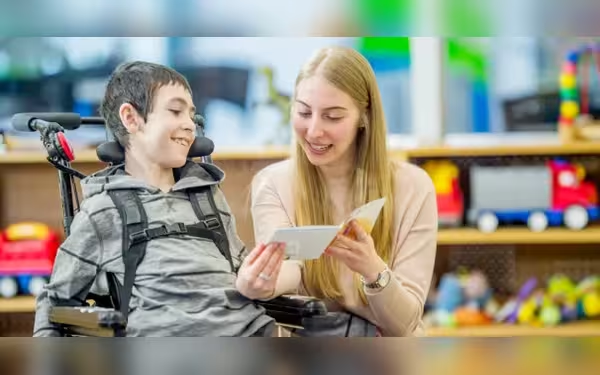Tuesday, July 2, 2024 04:34 PM
Advocacy for Inclusive Education: Key Components
- Teacher training is crucial for supporting all students effectively.
- School leadership commitment fosters a welcoming environment for every learner.
- Physical accessibility of school infrastructure is imperative for inclusive education.
 Image Credits: pakistantoday.com.pk
Image Credits: pakistantoday.com.pkInclusive education requires teacher training, leadership commitment, advocacy, and accessible infrastructure to create a supportive environment for all learners.
Ensuring inclusion in education is a multifaceted endeavor that involves various components working in harmony. Key factors such as teacher training, school leadership commitment, advocacy efforts, and supportive legislation play pivotal roles in achieving inclusive education. Central to this effort is the importance of making school facilities accessible and accommodating for students with diverse learning needs.
Teacher training stands as a cornerstone in preparing educators to effectively support all students. Equally important is the commitment of school leadership to embrace inclusive practices and foster a welcoming environment for every learner. Furthermore, advocacy initiatives at a systemic level, reinforced by relevant laws and policies, are crucial in advancing the cause of inclusive education.
One critical yet often underestimated aspect is the physical accessibility of school infrastructure. It is imperative that school facilities are designed to meet the requirements of diverse learners, ensuring an inclusive learning environment. From wheelchair ramps to sensory-friendly spaces, schools must prioritize creating environments that cater to the needs of all students.
Ensuring inclusion in education demands a holistic approach that encompasses teacher training, school leadership commitment, advocacy efforts, and accessible infrastructure. By addressing these key elements, we can create an educational landscape that is truly inclusive and supportive of all learners, regardless of their individual needs. Embracing inclusivity not only benefits students with diverse learning requirements but enriches the educational experience for everyone involved.













